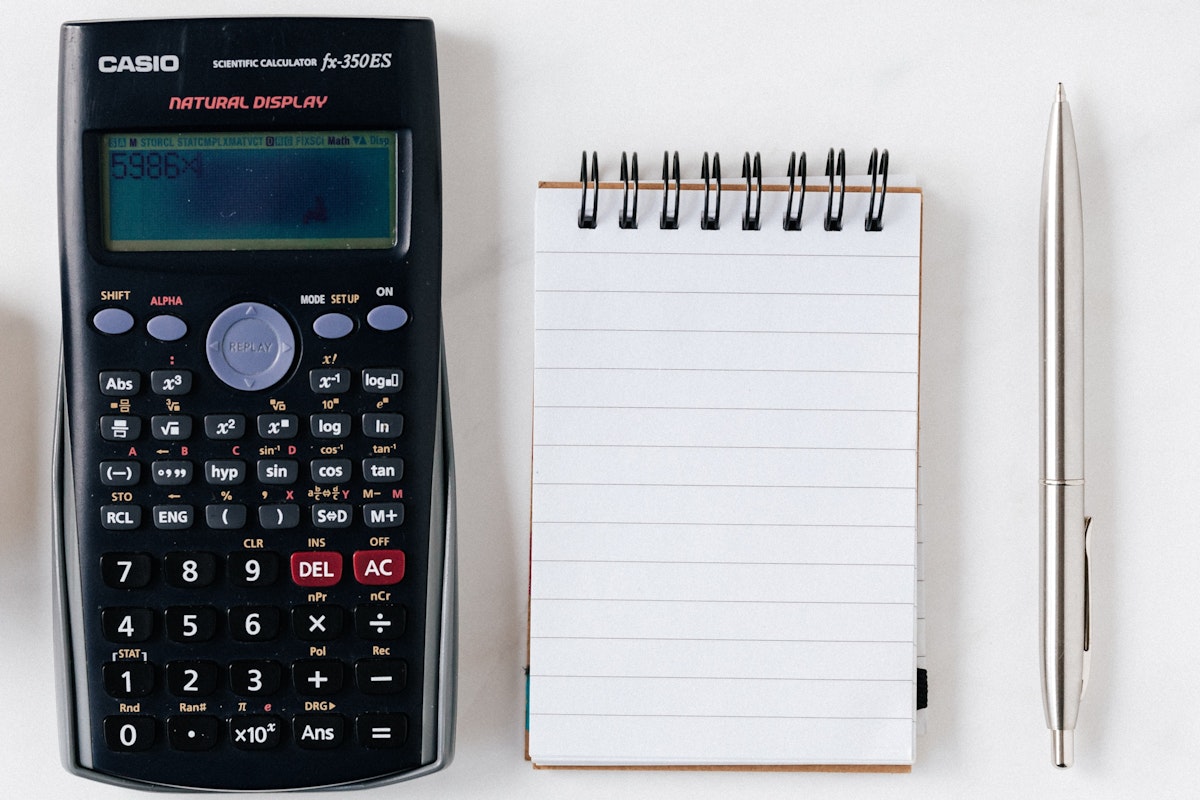
If your only income is from employment, your tax payments are pretty straightforward. But if you have other sources of income – things like dividends, self-employment or property rental – your tax affairs can get a bit more complicated.
Under the self-assessment system, you’ll have to make ‘payments on account’ for your income tax liabilities. But what exactly is a payment on account?
How does self-assessment income tax work?
The self-assessment system for personal tax pulls together all of your taxable income (regardless of source) for each tax year (the 12 months ending on 5 April each year).
This covers your:
The gross amount of tax due, together with student loan repayments and National Insurance (other than NI on employment income), is then calculated. This gross amount takes account of your personal allowances and any deductions that may be available.
How are your payments on account calculated?
So, how does HM Revenue & Customs (HMRC) work out the payments on account (POA) that will be due? The relevant tax charge is the gross tax due (excluding capital gains tax and student loan repayments) plus Class 4 National Insurance contributions.
Where that amount is less than £1,000, or you paid more than 80% of the amount through PAYE, you can ignore POA and just settle any unpaid amounts by 31 January following the tax year end in question.
Where the relevant tax charge exceeds £1,000 and less than 80% is collected through PAYE, payments on account apply.
When are payments on account due?
There are two POAs for each tax year, each equal to 50% of the relevant tax charge for the previous tax year. The first one is payable by 31 January within the tax year, and the second one by 30 June after the tax year has ended.
If you believe that the POAs will exceed the tax that’s actually due, you can apply to reduce your payments. This could be because you expect income to fall, more of your income will be subject to PAYE or any other reason. If you reduce the POAs too much, then interest (but no penalty) will be charged on the underpayments.
NOTE: your January payment will be reduced by any tax that’s been deducted at source – for example, PAYE earnings from an employed job, or on interest that’s been earned.
So how does it work in practice?
We’ll calculate the payments on account at the same time as working on your self-assessment return. Where the POAs can be reduced, we will apply for that reduction on your behalf.
Once we’ve informed you of the amount that’s owed for January and July, it’s your responsibility to pay the tax due to HMRC. This can be paid online, or by filling out the form attached to your tax notification from HMRC and attaching a cheque.
Talk to us about your payments on account
POAs can sometimes come as a surprise to many, particularly for the first year of receiving income from sources such as self-employment and dividends, where it is not taxed at source,
We’ll help you estimate the payments that are likely to be due and will prepare you for making these two substantial payments at both points in the year.